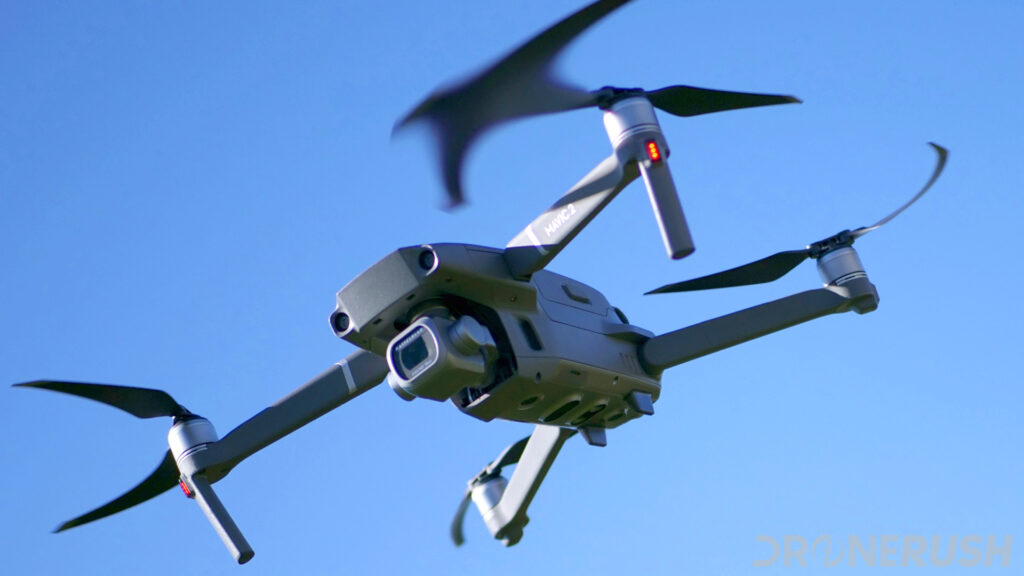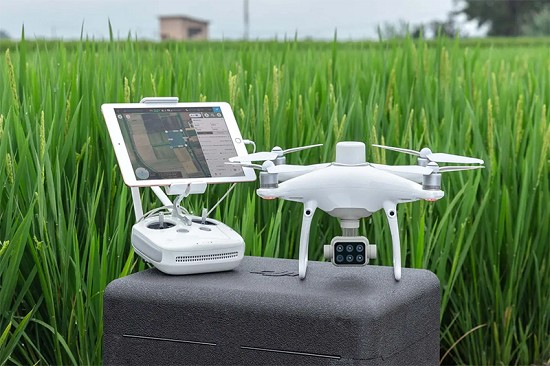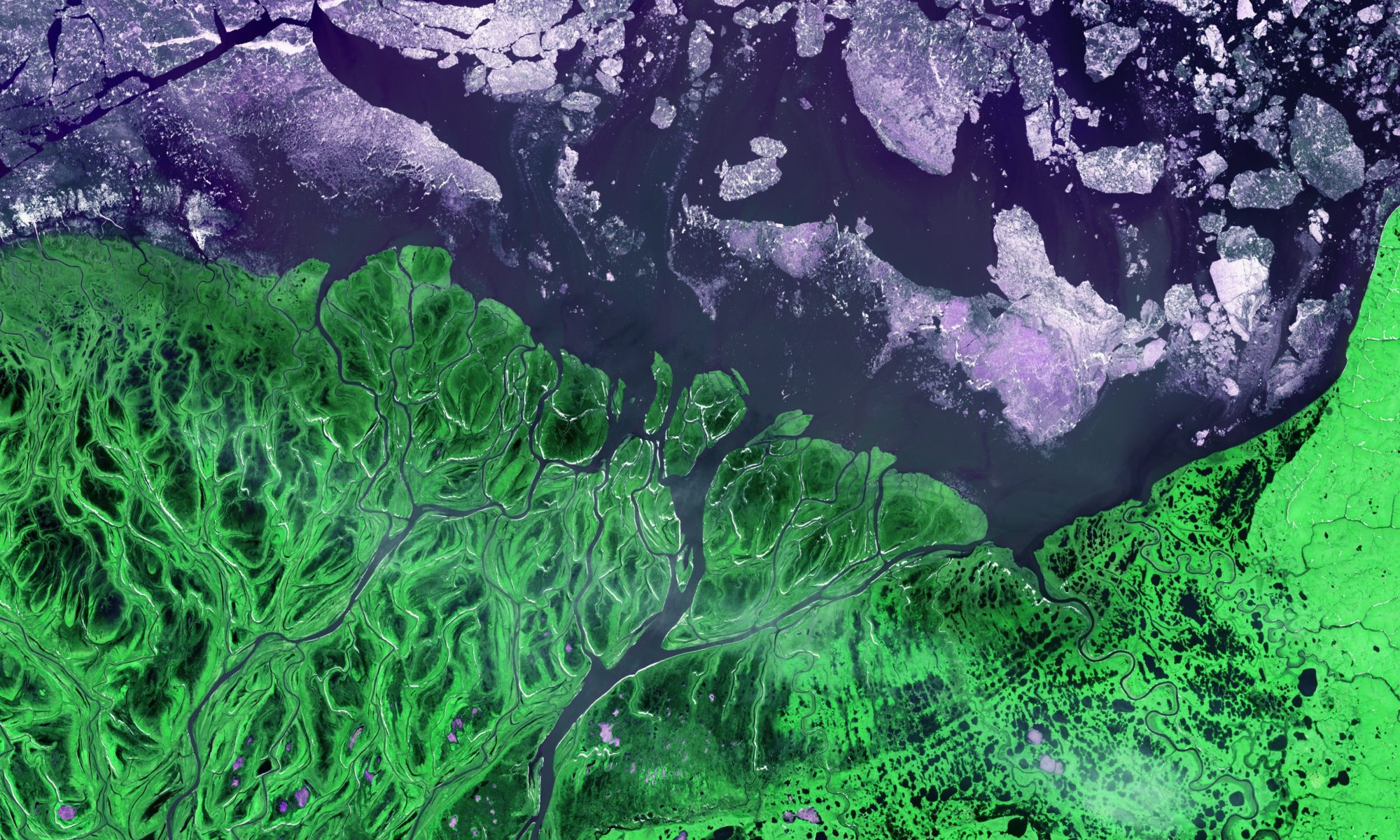UAV imagery is a natural “bridge” between fine scale field measurements and coarse scale (but spatially expansive) satellite remote sensing.
UAVs can provide both extremely detailed 2D aerial views, with resolution down to sub-centimeter pixels, and dense 3D point cloud reconstructions that allow for insights on site structure.
The GEODE lab has invested in an arsenal of unmanned aerial vehicles (UAVs) and accessories to enhance the lab’s research.
Our fleet includes:
- DJI Mavic Pro 2: portable and nimble with 20 megapixel RGB camera, perfect for reconnaissance and taking breathtaking 1080p video
- DJI Phantom 4 Multispectral: a new offering from DJI that has an integrated multispectral camera with 2 megapixel red, green, blue, red edge and near infrared (NIR) bands, all on global shutters and a stabilizing gimbal. The NIR and red edge bands are critical for vegetation mapping and having a multispectral sensor fully integrated into the drone should ease some headaches in data processing. This drone also features RTK technology which, along with a GNSS receiver, allows for centimeter level accuracy in geolocation.
- senseFly eBee X: a fixed wing drone with a collection of accessories including:
- RTK capability
- Endurance capability, which allows for flight times up to 90 minutes
- SODA 3D camera which captures 2 oblique and 1 nadir at each time stamp to allow for better 3D site reconstructions
- Micasense RedEdge MX multispectral sensor with 1.2 megapixel red, green, blue, red edge and near infrared (NIR) bands, all on global shutters
- Emlid Reach RS2: a GNSS receiver for utilizing drone RTK capabilities




